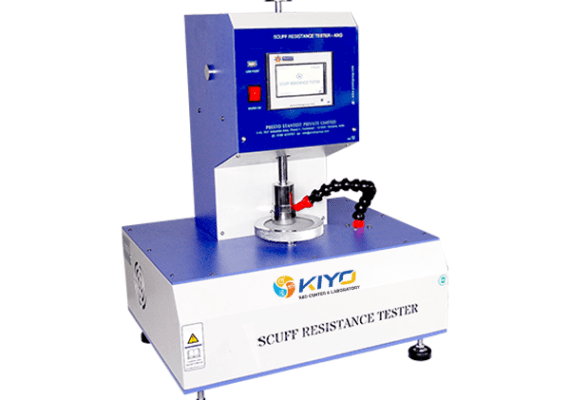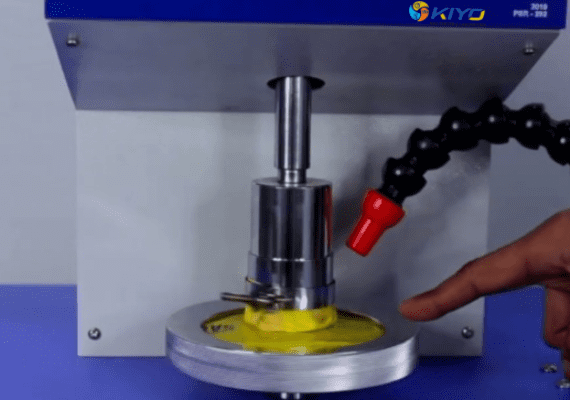
Scuffing tests are essential for several reasons:
The Hyundai standard MS 210-05 sets specific guidelines and requirements for conducting scuffing tests. These guidelines ensure that the test results are reliable and consistent across different laboratories. The standard specifies the type of equipment to be used, the test conditions, and the criteria for evaluating the results.
The scuffing test procedure according to MS 210-05 involves the following steps:
The results of the scuffing test are critical in determining the suitability of materials for automotive applications. Key factors include:
The insights gained from scuffing tests are applied in various ways:
